Palaces
Golestan Palace ( کاخ گلستان, Kākh-e Golestān) is a magnificent structure in Tehran whose construction dates back to the Safavid era, about 440 years ago, but has been renovated for several times in the following centuries. The current palace is the former royal Qajar complex in Tehran. One of the oldest historic monuments in the city of Tehran, and of world heritage status, the Golestan Palace belongs to a group of royal buildings that were once enclosed within the mud-thatched walls of Tehran's arg ("citadel"). It consists of gardens, royal buildings, and collections of Iranian crafts and European presents from the 18th and 19th centuries.
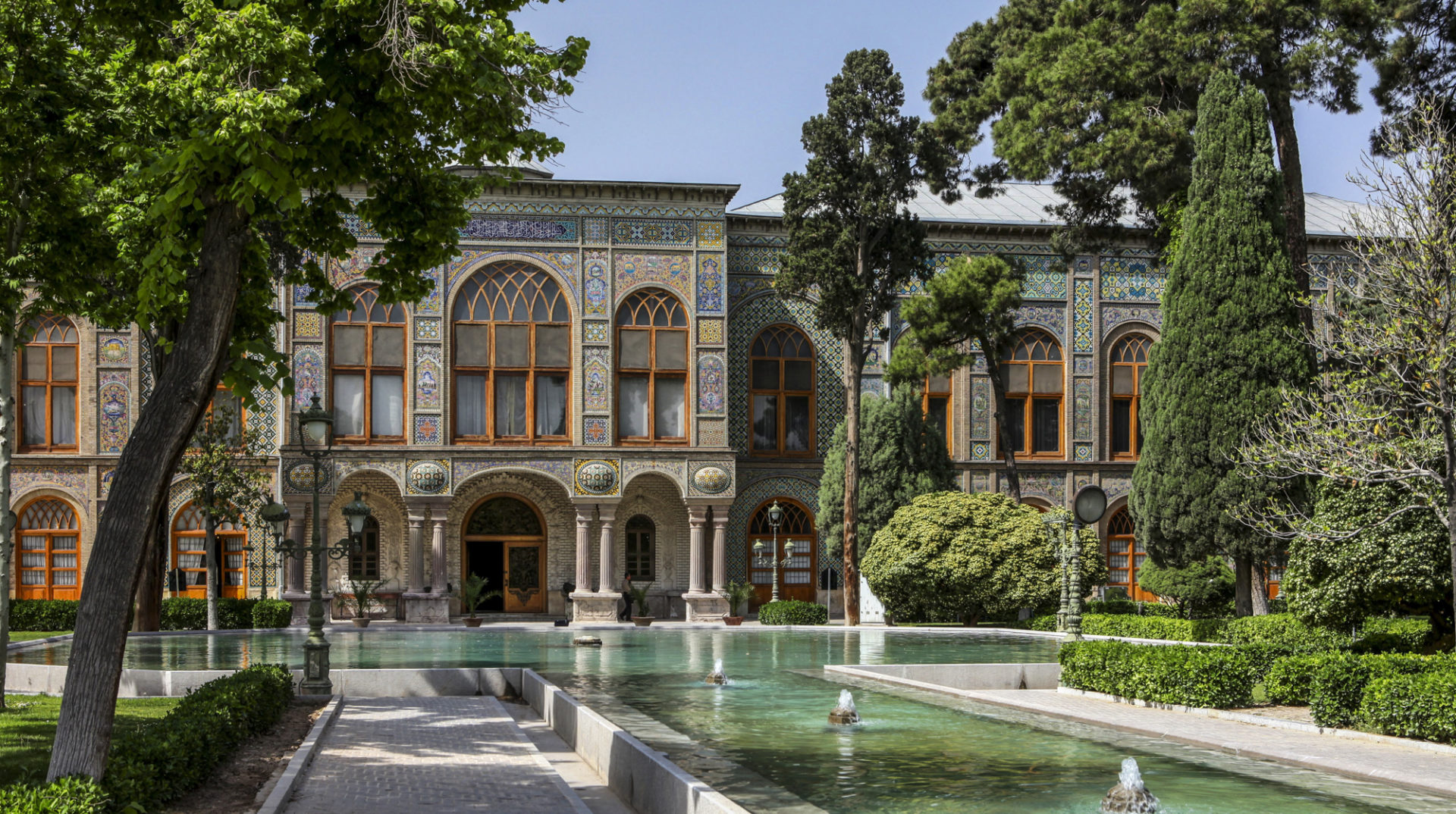
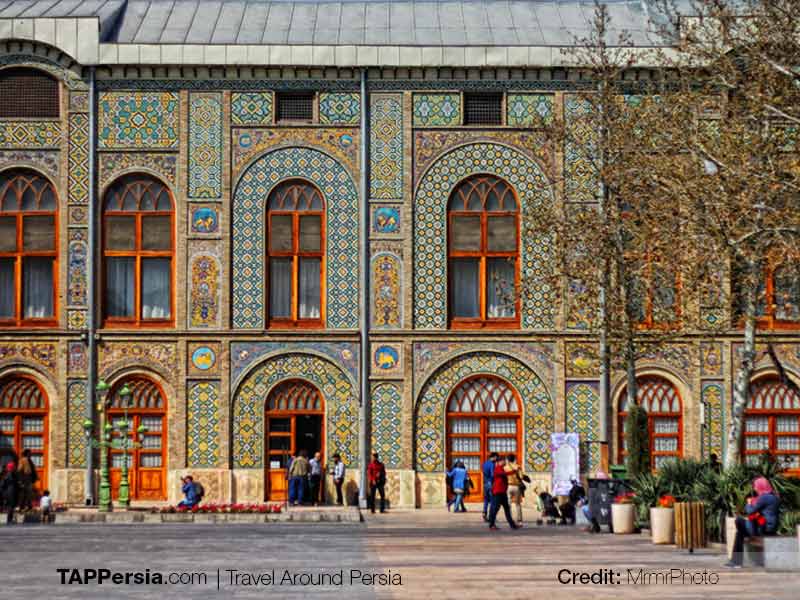
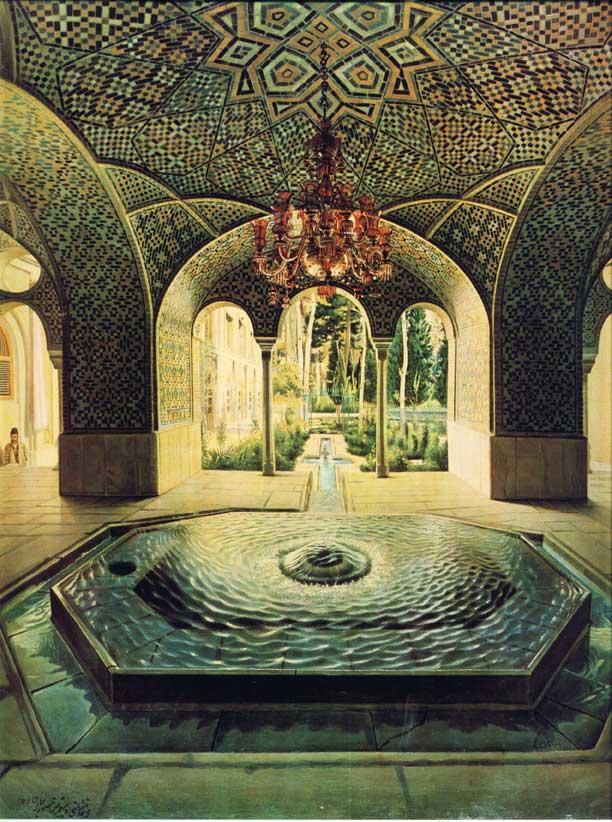
Various decorative elements have been used to ornament the splendid palace, but the tiles stand out.
Look inside the Golestan Palace
The Sa'dabad Palace Complex ( مجموعه سعدآباد – Majmue ye Sa’dābād) is a 300 hectare complex built by the Qajar and Pahlavi monarchs, located in Shemiran, Greater Tehran. Today, the official residence of the President of Iran is located adjacent to the complex. The complex includes more than 180 hectares of natural forest, streets, qanats, galleries, mansions/palaces and museums.
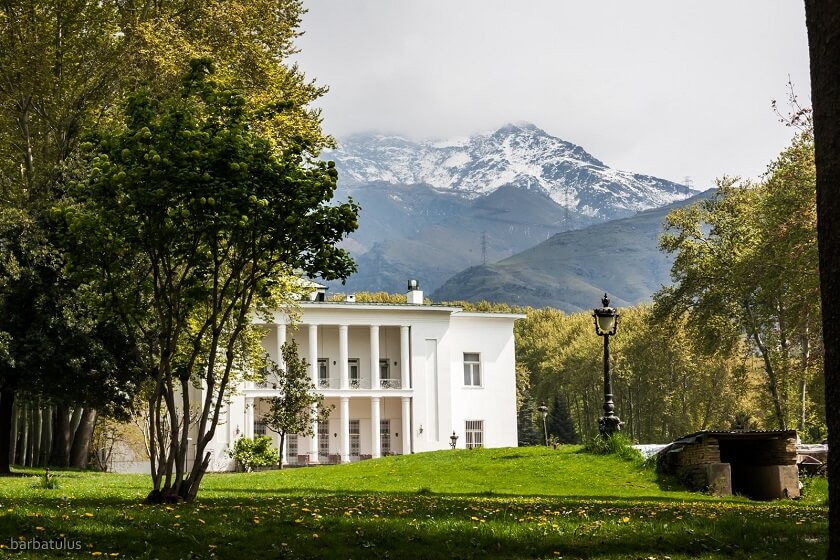
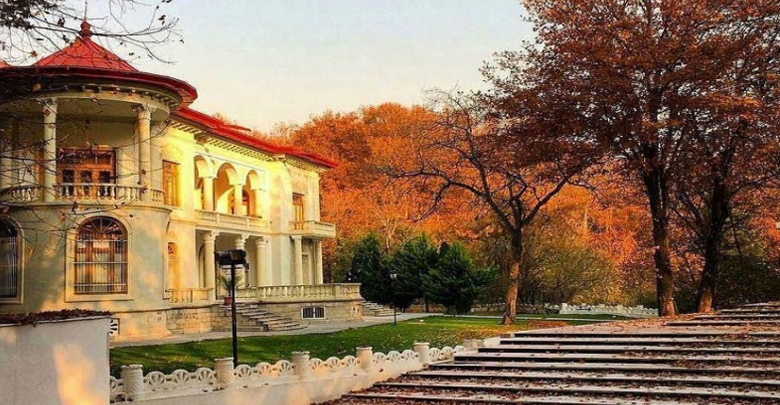
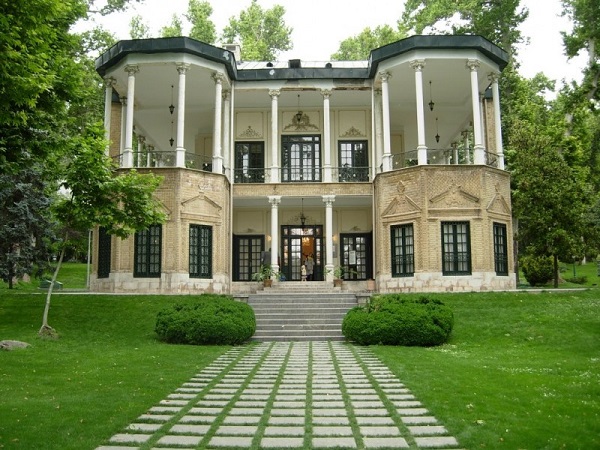
More:
Sahebqaraniyeh Palace in northern Tehran is one of the most luxurious palaces of the Qajar dynasty which was built at the time of Nassereddin Shah Qajar. The palace is situated in Niavaran Historical-Cultural Complex in Shemiran, north of the Iranian capital.
The Marble Palace was built upon the order of Reza Shah, the first Pahlavi king. It was designed by Iranian-Armenian architect, Leon Tadosian; and served as the king’s office before the formulation of Iran’s National Treasury Act which entailed the transfer of Iranian national jewelry from Golestan Palace to the building’s basement.
